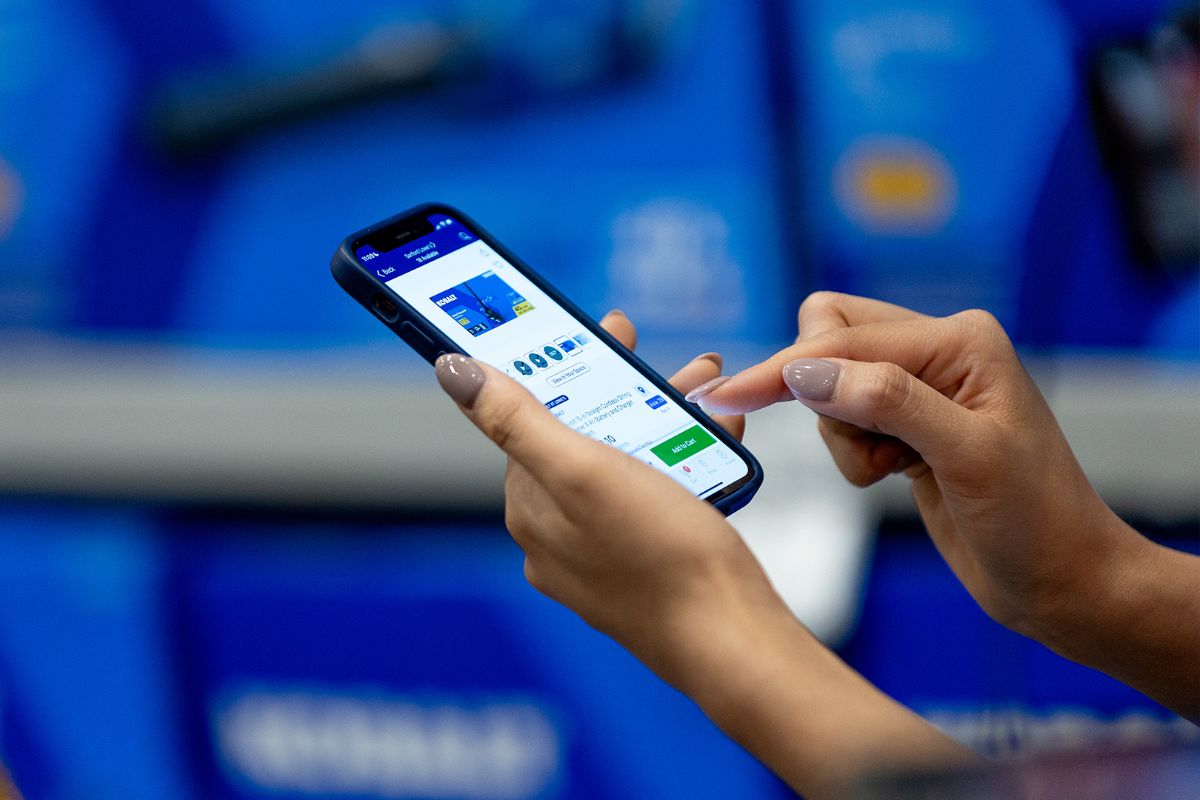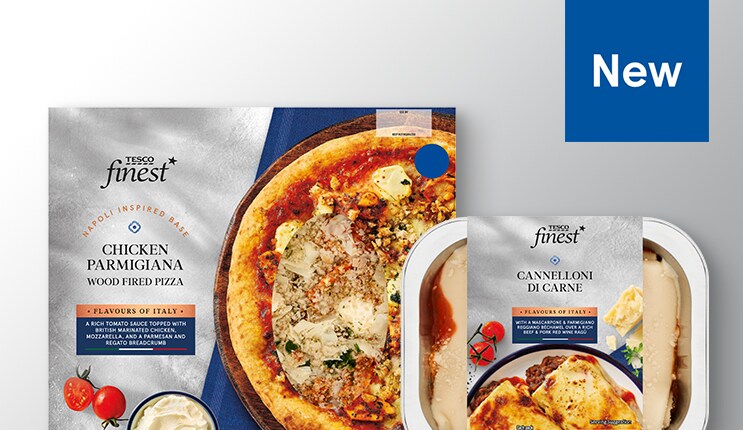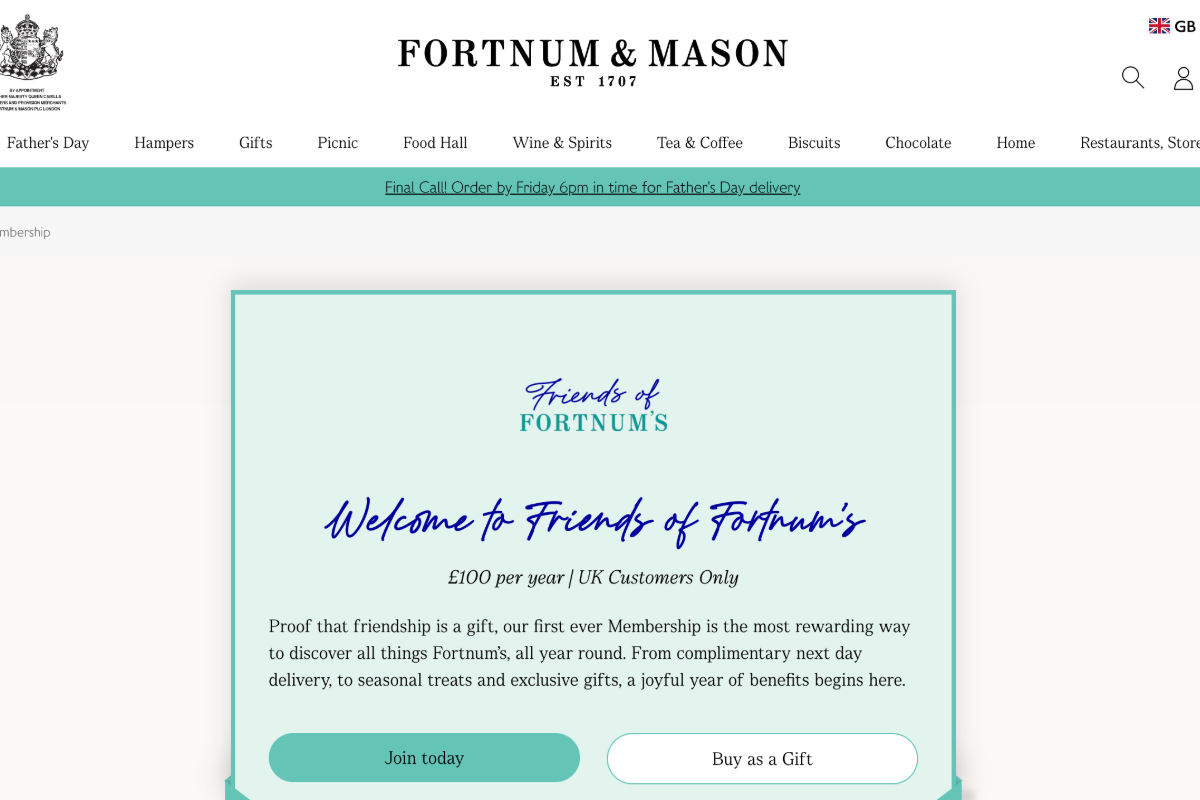As we dust off the Christmas and New Year festivities and look  ahead to 2018 Bobby Shome, business development director EMEA, Centiro reveals what he believes the next 12 months have instore.
ahead to 2018 Bobby Shome, business development director EMEA, Centiro reveals what he believes the next 12 months have instore.
Gartner states that supply chain leaders face a much more different business environment than 12 months ago, and they will need to continually invest in innovation for their organisations to continue to thrive and meet customers’ expectations.
Against this backdrop, retailers will be wondering what form their supply chains will take in 2018. Thinking specifically about how the delivery part of the process will be impacted, here are four key predictions for the year ahead:
1) Order delivery windows will continue to get tighter
Order windows are tightening, as people now expect items to be delivered quicker than ever before, and less tolerant of mistakes. As retailers strive to serve customers in this way, in the coming 12 months we can expect to see a rise in endless aisles and Amazon-style non-stop experiences right the way across the board. However, retailers need to be careful that they are not trying to run before they can walk. The first step towards offering tighter order delivery windows is for retailers to have complete visibility into their carrier network; this will put them in a position where they can make precise delivery promises to customers.
2) Supply chains will become more transparent to the consumer
Previously it was just the retailer that was kept updated with the status of an order, but today’s demanding online customer wants to know as much of the specifics as possible. The time when people were willing to wait at home all day for a delivery has gone: they now expect that deliveries will fit around the rest of their lives.
As a result of this, they expect retailers to provide a lot more detail on the status of an order than they did in the past: ‘your order is late’ is no longer good enough, they need to know specifics around why a delay has occurred, and exactly how it will be resolved. To be in a position to provide this information in practice, they need to make sure data points are not siloed; when information is not properly shared between supply chain partners and various internal departments, retailers struggle to have a clear view of the lifecycle of an order.
This is where control towers are becoming increasingly vital, as they allow retailers to join up business functions, creating a unified view of a purchase from order to fulfilment.
3) Retailers will grow increasingly realistic over delivery costs
In its infancy, ecommerce drove a ‘race to the bottom’ within the wider retail industry, with newcomers to the market attempting to buy customer loyalty at a reduced price. Offering free delivery and returns was typically the norm, but those days appear to be coming to an end.
Retailers know that it is not realistic for them to operate in this manner in the long-term, so they are having to be more realistic about how much order fulfilment costs; at the same time, people are beginning to wake up to the fact that retailers do in fact have costs involved in processing and delivering their orders, and that they do need to be paid for.
Some of those with very specific delivery requirements are now willing to pay for services that provide them with the level of convenience they’re looking for. In 2018 we are likely to see retailers segmenting their delivery options, offering some free or at low-cost, but taking longer, with others coming at a premium, but having more precise delivery windows.
4) Customers will demand more sustainability
Whether they’re watching seas polluted with plastic in BBC documentary Blue Planet or reading about the introduction of a Toxicity Charge for higher polluting vehicles in London, consumers are waking up to the fact that the way we consume goods and services is damaging the planet, and sustainability is important. Order fulfillment represents a real tangible way for people to think about their consumption, so they’re now starting to ask how far items have travelled, and how much CO2 was used in the process.
To drive positive change in these areas and operate in a more sustainable manner, retailers should re-evaluate the way they deliver items, and be prepared to work in tandem with competitors. For example, Nestle and United Biscuits teamed up to consolidate some of their deliveries, and reduced CO2 emissions by 250 tonnes annually. Now is the time for them to start working together to change for the better, because London’s Toxicity Charge is just the tip of the legislative iceberg the industry will face: Green City-type rules will legally force businesses to begin acting this way over the course of 2018 anyway.
Being a part of the change
The wheels are already in motion for these changes. Retailer’s supply chains must be more flexible and dynamic, offer greater transparency to customers, and grow ever-more cost-effective and sustainable. Focusing on these four key areas will set up retailers and their partners for success, in line with the shift in customer desires, competitor offerings, technological advances and legislative changes that looms on the horizon for the coming year.
Bobby Shome, business development director EMEA, Centiro








